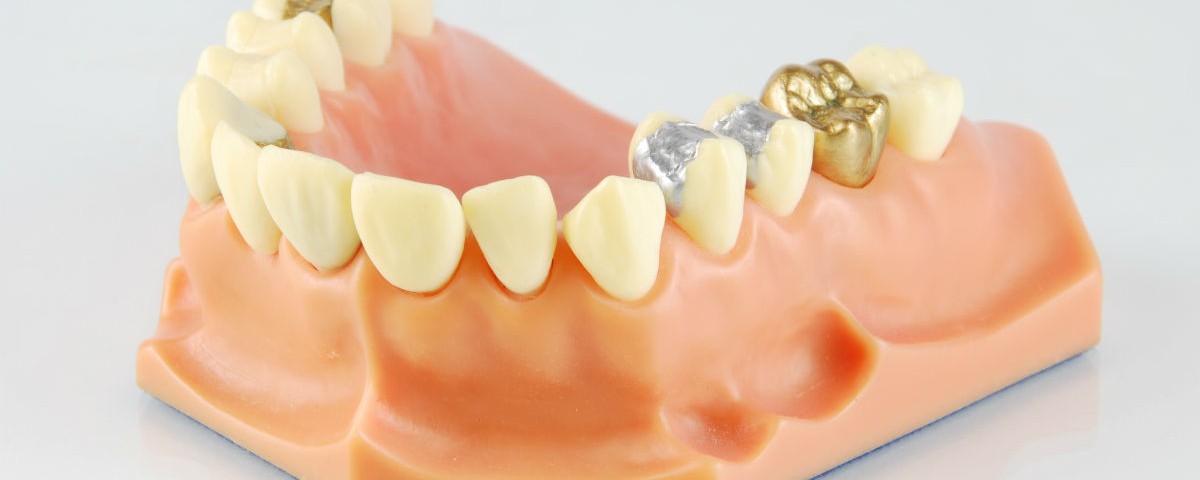If you have a cavity, and your decay lies within the cusps of the tooth, inlays may provide a way to maintain the structural integrity of your tooth without the risk of further decay that comes with fillings.
What are inlays?
A dental inlay is similar to a filling, in that it fills a hole in a tooth caused by decay. Inlays, however, usually last longer than traditional fillings. They can be made from a variety of materials, but the most common are gold and porcelain. Because inlays require multiple visits and a laboratory fee, the cost to place inlays is substantially higher than traditional fillings. Inlays are sometimes used to replace old metal fillings, or to repair cracked or broken teeth.
What is the difference between gold and porcelain inlays?
Porcelain inlays provide a much more natural appearance, as they can be matched to the color of your teeth, but porcelain is more brittle and susceptible to breaking than gold. Both provide a lasting result, and insulate the nerves of the teeth, preventing pain and further decay.



